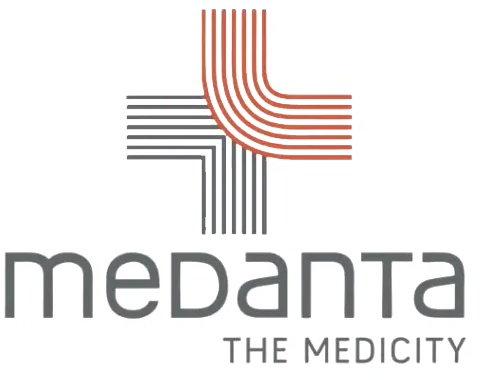The human lungs are amazing organs, designed to perform a crucial job: exchanging gases to keep our bodies alive and healthy. Every time we breathe, our lungs work hard to bring in oxygen and get rid of carbon dioxide, a waste product. But have you ever wondered how they do this so efficiently? The design of our lungs is no accident; they are carefully structured to make the most of every breath. They have features that increase the surface area for gas exchange, shorten the distance gases need to travel, and make sure the process happens smoothly. In this blog, we’ll take a closer look at how the lungs are built to make gas exchange as efficient as possible, from the tiny alveoli to the blood vessels, ensuring our bodies get the oxygen they need to stay healthy and active.
Contents
- 1 What role does the structure of the lungs play in gas exchange?
- 2 How does the large surface area of the lungs aid in gas exchange?
- 3 How does the thin respiratory membrane facilitate efficient gas exchange?
- 4 How does surfactant help optimize gas exchange?
- 5 How does the body ensure proper airflow and ventilation for maximum gas exchange?
- 6 How does blood flow optimize the exchange of oxygen and carbon dioxide?
- 7 Conclusion
What role does the structure of the lungs play in gas exchange?
The lungs are built to make gas exchange — getting oxygen into the blood and removing carbon dioxide — as efficiently as possible. Each part of the lungs plays a key role:
- Airways: Trachea, Bronchi, and Bronchioles
Air enters through the trachea, which divides into bronchi and smaller bronchioles, directing air deeper into the lungs. These airways also filter and moisten the air before it reaches the alveoli. - Alveoli: Tiny sacs for gas exchange
At the end of the bronchioles are tiny sacs called alveoli, where oxygen moves into the blood and carbon dioxide is removed. They have a large surface area to make this process more efficient. - Capillaries: Blood vessels around alveoli
The alveoli are surrounded by capillaries, allowing oxygen to enter the blood and carbon dioxide to exit and be exhaled.
How does the large surface area of the lungs aid in gas exchange?
The large surface area of the lungs makes gas exchange efficient. Here’s how:
- More space for gas exchange
With about 300 million alveoli, the lungs provide a surface area of 70-100 square meters, allowing lots of oxygen to enter and carbon dioxide to exit at once. - Better oxygen transfer
A large surface area helps more oxygen move into the blood quickly. - Quick removal of carbon dioxide
It also speeds up the removal of carbon dioxide from the blood.
How does the thin respiratory membrane facilitate efficient gas exchange?
The thin respiratory membrane is key to efficient gas exchange. Here’s how:














 +91-9818045855
+91-9818045855
